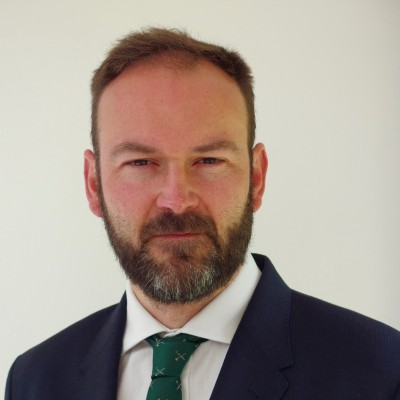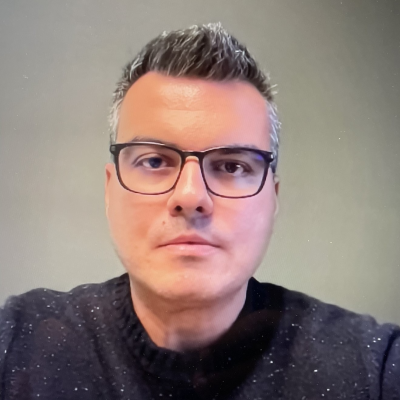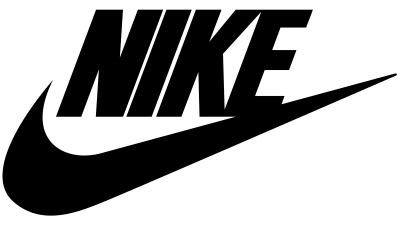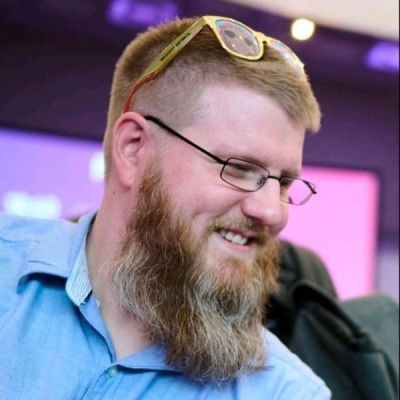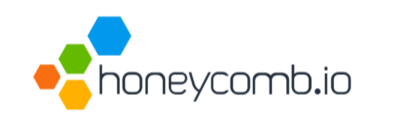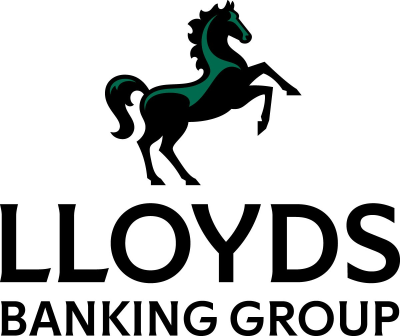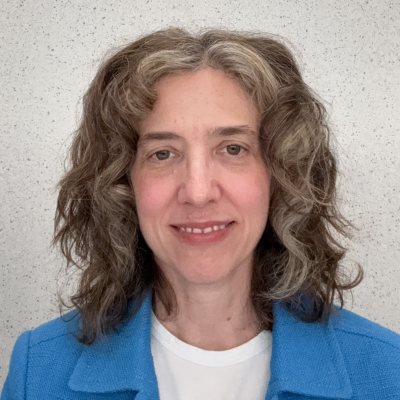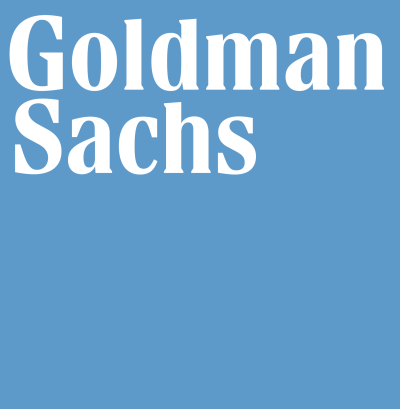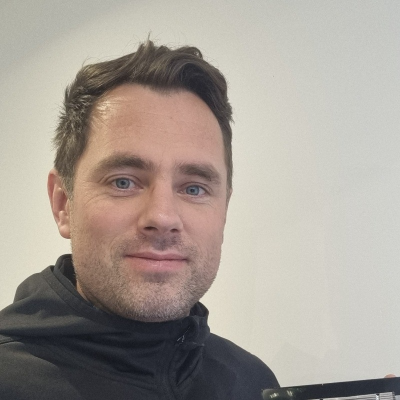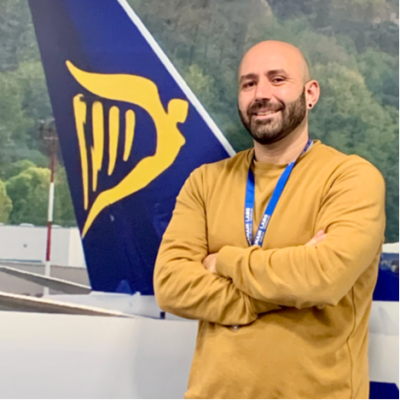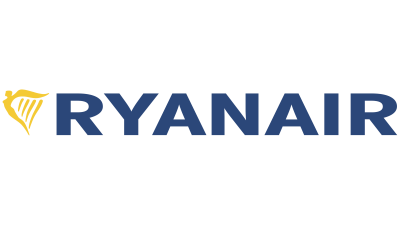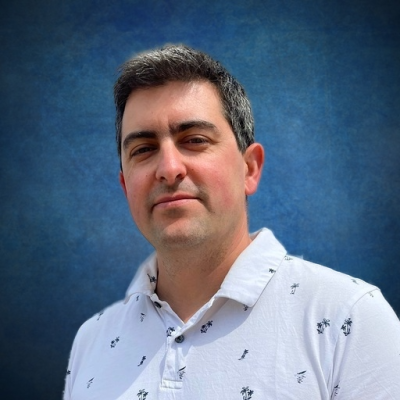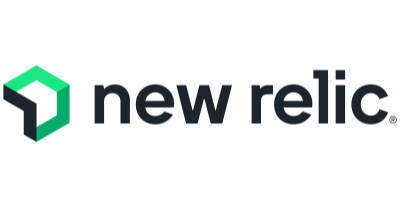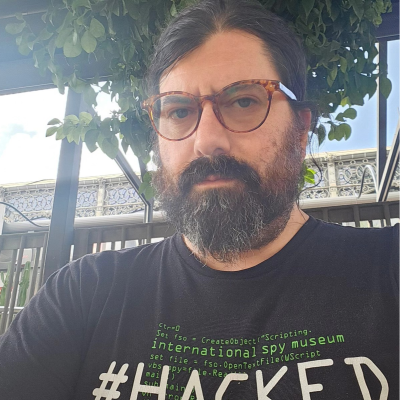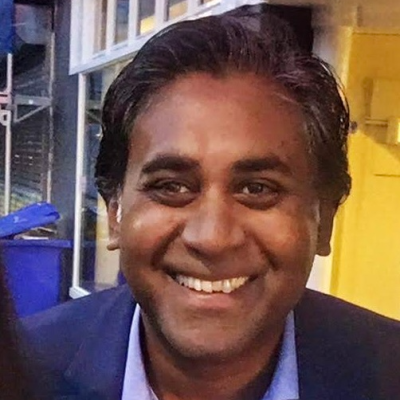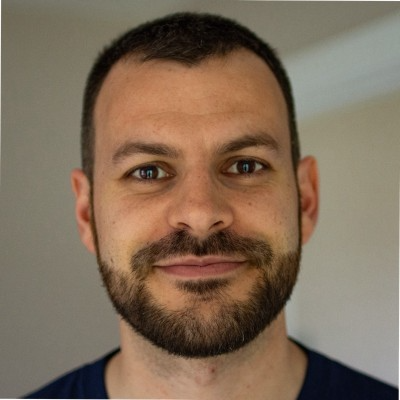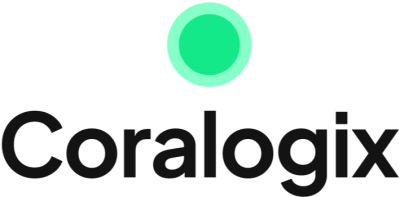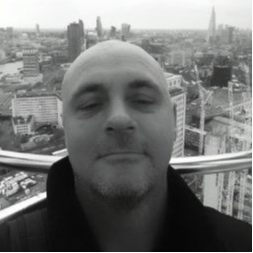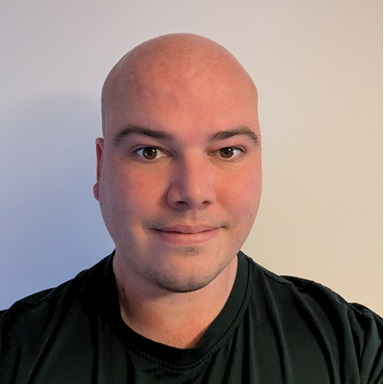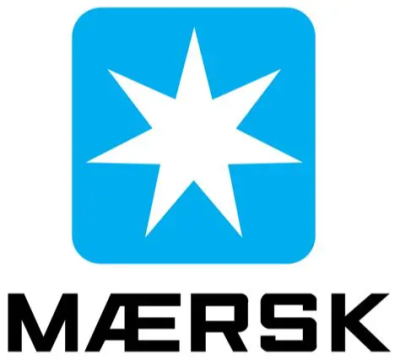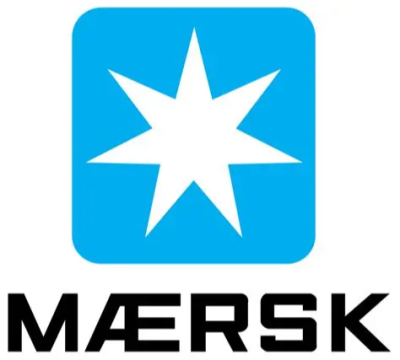CONFERENCE DAY ONE
Day 1 Sessions
8:00 am - 9:00 am
Registration & Coffee
8:45 am - 9:00 am
Opening Remarks From The Chair
Alistair McLaurin -
CTO, Cloud and Light Limited, formally Head of AWS Platform,
Former-HSBC
9:00 am - 9:30 am
PRESENTATION: Machine Learning In Observability Systems: From Insights To Action
Panos Tsilopoulos -
Director, Observability Platform Engineering,
Nike
Imagine a monitoring system so smart that it not only alerts you to actionable problems but actively guides you to a solution - transforming reactive troubleshooting into proactive operation. This session, led by Panos Tsilopoulos, will tackle today’s critical challenge: the deluge of data from digital ecosystems and the escalating costs of downtime. He’ll dive into how cutting-edge machine learning techniques with a focus on anomaly detection, forecasting to GenAI copilots enabling Root Cause Analysis (RCA) and agentic AI performing automated incident management—can revolutionize observability systems. Learn more about:
- Leveraging statistical methods, supervised and unsupervised algorithms, time series analysis, and deep learning architectures effectively.
- Aligning technical strategy with business imperatives.
- Bridging theory and practice, leading to strategies needed to drive business innovation leveraging observability.
9:30 am - 10:00 am
PRESENTATION: Giving AI the Right Context for Your Production Software
Martin Thwaites -
Principal Developer Advocate,
Honeycomb
Modern Observability tools help engineers turn the facts about what your production system is doing, into insight. When we add AI assistants to these tools, they often struggle to do the same, missing crucial business context.
In this talk, we'll discuss how to enhance your OpenTelemetry setup with structured guidance for coding agents, enabling them to add meaningful business context to telemetry automatically. We’ll introduce Weaver, a framework that helps provide consistency across your entire organisation for both Agents, and also Observability tools.
10:00 am - 10:45 am
PANEL DISCUSSION: Setting and Measuring Service Level Objectives to Balance Reliability and Innovation
Carol Morris -
Head of Public Cloud SRE,
Lloyds Banking Group
Anjali Nagaraj - Global SRE Lead Director, NatWest Commercial and Institutional
Amy Harms - Managing Director for Site Reliability and Resilience Engineering, Goldman Sachs
Alistair McLaurin - CTO, Cloud and Light Limited, formally Head of AWS Platform, Former-HSBC
SLOs are a powerful tool for aligning engineering teams around reliability goals - but only when they’re grounded in real user experience and business impact. This panel explores how leading organisations are designing meaningful service level objectives, enforcing error budgets, and using them to guide trade-offs between reliability, velocity, and innovation.
- Crafting actionable SLOs that reflect customer experience, not just system metrics.
- Using error budgets to navigate trade-offs between reliability and feature delivery.
- Embedding SLO thinking across product, platform, and business teams.
- Overcoming the cultural and tooling challenges of SLO adoption at scale.
- Assessing how to apply SRE to clouds that are not public.
10:45 am - 11:15 am
Morning Coffee Break
11:15 am - 11:45 am
PRESENTATION: Standardising Site Reliability Engineering (SRE) at S&P Global After Multiple Acquisitions
Paul Maddocks -
Executive Director, DevSecOps / Cloud Hosting / SRE,
S&P Global
S&P Global brought together several acquired businesses - each with its own tools, processes, and culture - into one cohesive Site Reliability Engineering (SRE) practice. In this session, Paul Maddocks share his journey with reference to:
- Rolling out a single SRE framework across different entities and product lines.
- Enhancing buy‑in through clear, hands‑on communication and change support.
- Improving key metrics like Mean Time to Recovery (MTTR) and Mean Time Between Failures (MTBF).
- Managing costs and boosting return on investment (ROI) by consolidating monitoring, incident response and automation tools.
11:45 am - 12:15 pm
PRESENTATION: Engineering Business Metrics with Ryanair and New Relic
Juan Valdés Gayo -
Software Development Manager,
Ryanair
James Buchanan - Principal Solution Architect, New Relic
Join Ryanair Software Development Manager Juan Valdés Gayo and New Relic Principal Solutions Architect James Buchanan to learn how Europe's largest airline is using observability to directly impact business outcomes. See real-world examples of how Ryanair uses observability to:
- Excite stakeholders and build confidence in their data.
- Standardize practices while balancing team autonomy.
- Report on what matters to directly influence business decisions.
12:15 pm - 12:45 pm
PANEL DISCUSSION: AI-Driven Engineering Operations - Automating Process To Reduce Toil & Boost Efficiency
Ruben Vilhena -
Head of Software Development,
SmartestEnergy
Paul Maddocks - Executive Director, DevSecOps / Cloud Hosting / SRE, S&P Global
Nick Simmonds - Infrastructure Engineering Manager, Groupon
Hazid Mangroe - Head of EMEA, Sentry
Toil — manual, repetitive, and low-value work — drains engineering capacity and slows down innovation. This session explores how SRE and platform teams are automating routine operational tasks to reclaim developer time and improve reliability. From self-healing infrastructure to intelligent alerting and workflow orchestration, we’ll look at the strategies and tools helping teams scale their operations without scaling their headcount.
- Identifying and eliminating sources of operational toil.
- Building automation into incident response, runbooks, and maintenance workflows.
- Using AI and ML to detect anomalies and trigger automated remediation.
- Measuring the impact of automation on team efficiency and system health.
- Best practices for scaling automation across diverse teams and environments.
12:45 pm - 1:45 pm
Lunch
1:45 pm - 2:15 pm
PRESENTATION: Transforming Observability: Building a Cohesive and Empowered Platform for the Enterprise!
Samuel Mota -
Enterprise Observability Director,
Johnson & Johnson
Most enterprises begin their journey toward observability through fragmented landscapes. This session explores how platform and SRE teams are transforming their approaches by consolidating these tools into cohesive observability platforms that not only reduce noise but also enhance usability, improve incident response, and enable end-to-end observability at scale. The presenter will uncover practical strategies and insights that pave the way for not just an observability platform, but a thriving ecosystem that empowers teams and drives success. Throughout this journey, we will explore the following key themes:
- Designing Principles for Unified Observability Platforms: Understanding how to create a holistic view by integrating various observability tools, addressing organizational challenges, and fostering a culture of accountability.
- Balancing Flexibility with Standardization: Navigating the decision-making process for tool and data choices while ensuring teams have the autonomy they need to innovate without compromising system coherence.
- Driving Adoption with User-Centric Interfaces: Enhancing the experience for developers by providing intuitive workflows that cater to their needs and encourage collaboration across teams.
- Avoiding Hidden Costs and Duplication: Embracing platform thinking to optimize resources, streamline processes, and enhance overall efficiency, preventing unnecessary expenditures and redundancies.
2:15 pm - 2:45 pm
PRESENTATION: Making Observability Active - Connecting Telemetry with Synthetic Testing for a Truly Real-Time Picture
Chris Cooney -
Director of Advocacy,
Coralogix
Traditional observability collects telemetry and brings the insights to its users. This forms the bedrock of the technical decision making in almost every organisation the world. However, with the addition of synthetic testing, we’re taking a next step into true, production intelligence, by testing the health and reliability of our systems directly. By building both capabilities into your organisation, MTTR is reduced, reliability improves and true value is realised.
2:45 pm - 3:30 pm
PANEL DISCUSSION: Panel Discussion: Strategies & Challenges of Effective OpenTelemetry Adoption
Andrew Cook -
Head of Platform Availability Services,
Flutter
John Murdoch - Solutions Specialist, Observability, Global Specialists, Splunk, a Cisco company
Thomas Barnes - Head of Observability, Worldpay
Alistair McLaurin - CTO, Cloud and Light Limited, formally Head of AWS Platform, Former-HSBC
OpenTelemetry promises a unified, vendor-neutral approach to observability - but adopting it at scale comes with technical and organizational hurdles. In this panel, engineering and observability leaders share lessons learned from rolling out OpenTelemetry in complex environments. We’ll explore what it takes to drive adoption across teams, integrate with legacy systems, and align OpenTelemetry with broader observability strategies.
- Building internal alignment and education around OpenTelemetry adoption.
- Navigating compatibility with existing agents, SDKs, and monitoring tools.
- Managing the transition from proprietary instrumentation to open standards.
- Tuning performance, scalability, and data governance in production environments.
- Measuring success and sustaining momentum post-implementation.
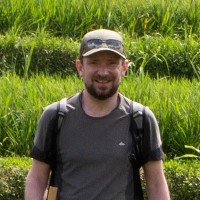
John Murdoch
Solutions Specialist, Observability, Global SpecialistsSplunk, a Cisco company
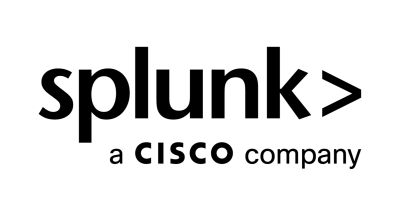
3:30 pm - 4:00 pm
Afternoon Coffee Break
4:00 pm - 4:30 pm
PRESENTATION: O11y meets On-Site IT: Monitoring 90,0000 End User Devices with the LGTM Stack
Henry Kühl -
Senior Engineering Manager Observability,
A.P. Moller - Maersk
Martin Jaeger - Lead Engineer - Platform Engineering, A.P. Moller - Maersk
Join Henry and Martin to see how their team built an end user device monitoring solution that keeps 90,000 end user devices in check. By combining SRE principles with on site support workflows and the open source LGTM stack, they’ve turned reactive break fix into proactive monitoring.
• How did we even get here? Why did we build this thing?
• Lessons from scaling monitoring to tens of thousands of endpoints.
• The not-so-obvious benefits of having a presence on all end user devices.
Henry Kühl, Senior Engineering Manager Observability, A.P. Moller - Maersk
Martin Jaeger, Lead Engineer – Platform Engineering, A.P. Moller - Maersk
4:30 pm - 5:00 pm
PRESENTATION: Navigating Observability at Scale Without Crushing Devs with Corporate IT
Jean Burellier -
Principal Software Engineer,
Sanofi
As enterprises scale their observability programs, developer teams are often caught between rigid corporate tooling mandates and the need for fast, flexible response. This keynote explores how leading organizations are striking the right balance - building scalable, secure observability platforms without slowing down engineers or compromising developer autonomy. We’ll examine the cultural tensions between central IT and engineering teams, and how platform thinking, internal advocacy, and intuitive tooling can help observability scale with developers, not against them.
- Designing observability systems that support, not stifle, developer workflows.
- Striking the balance between standardization, security, and flexibility.
- How platform teams can partner with devs to drive adoption and value.
- Avoiding tool mandates that create friction and workaround behaviour.
- Making observability feel like a product — not a compliance checkbox.
